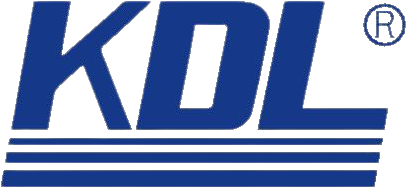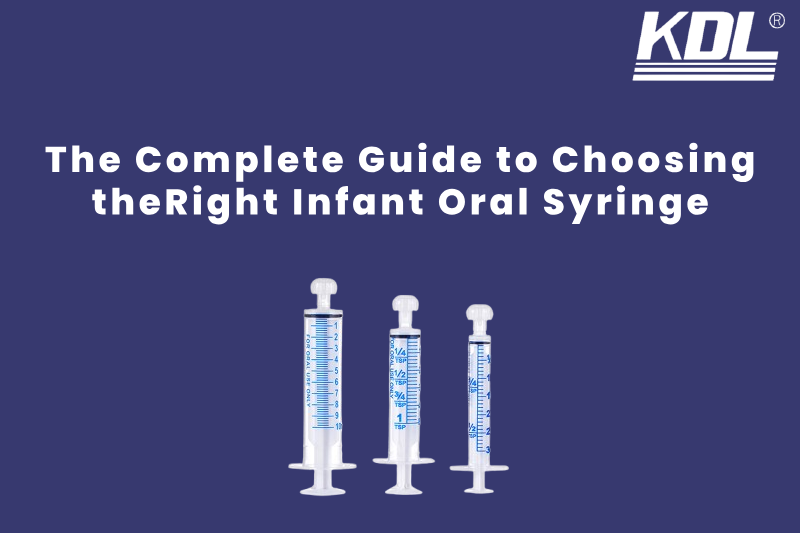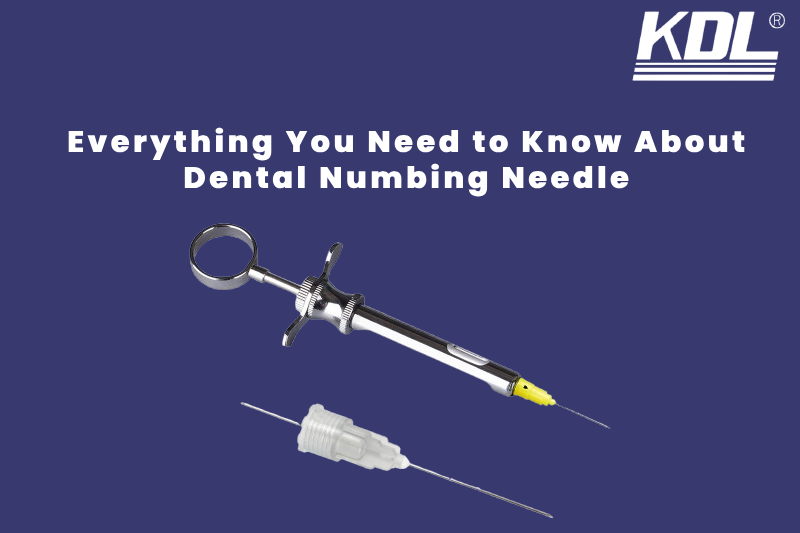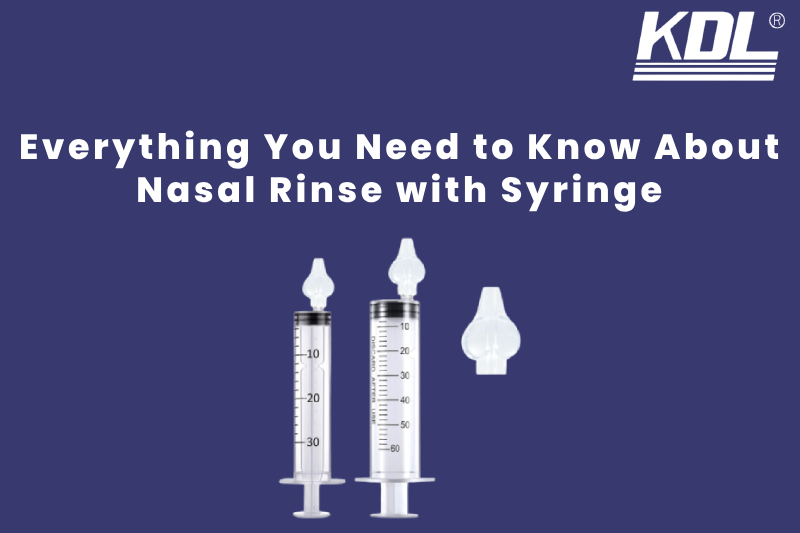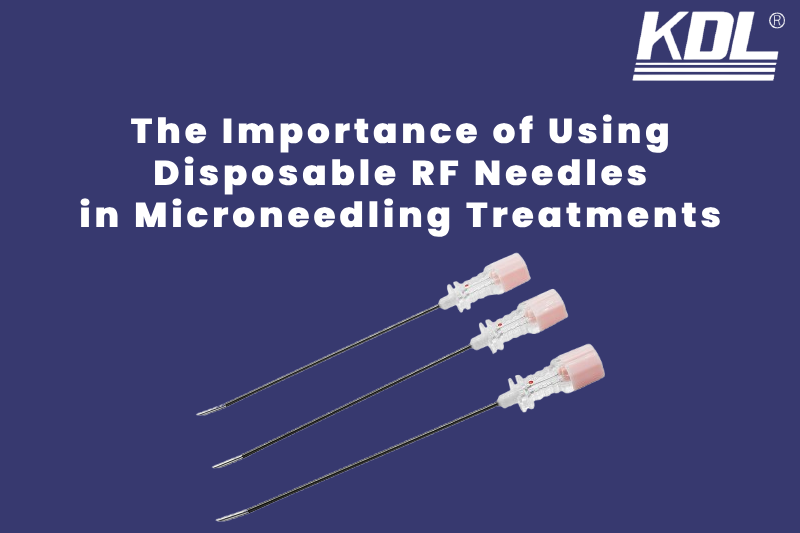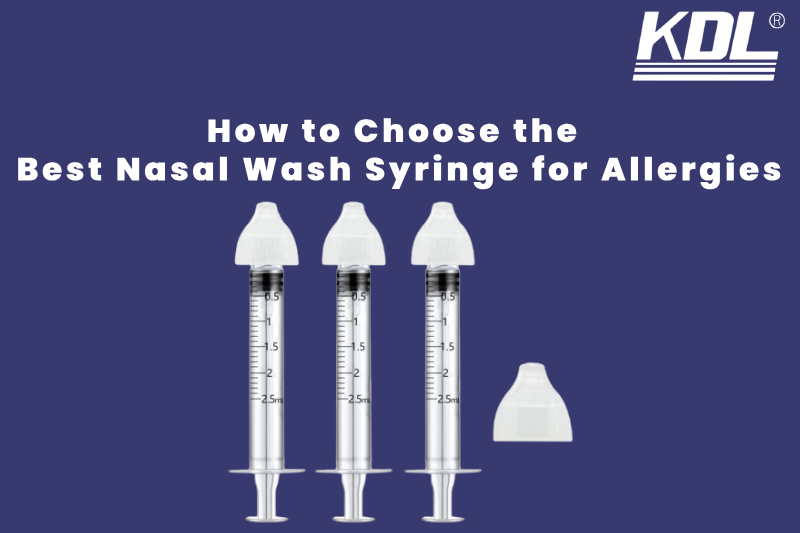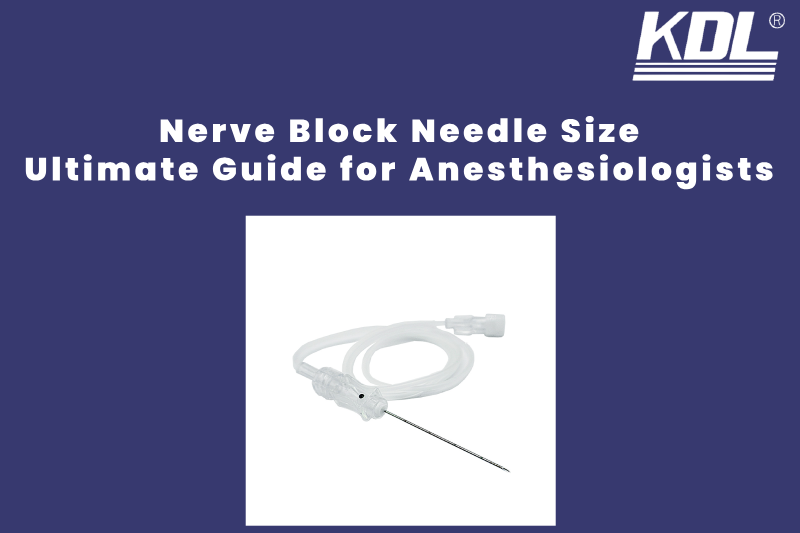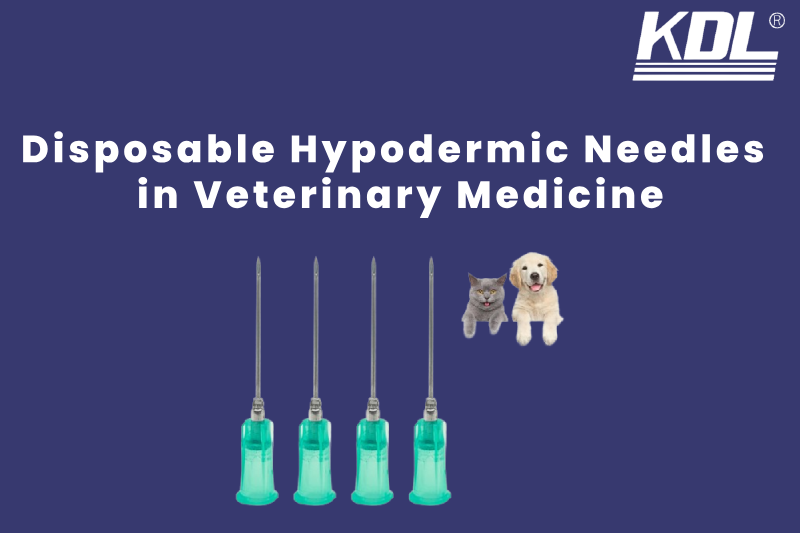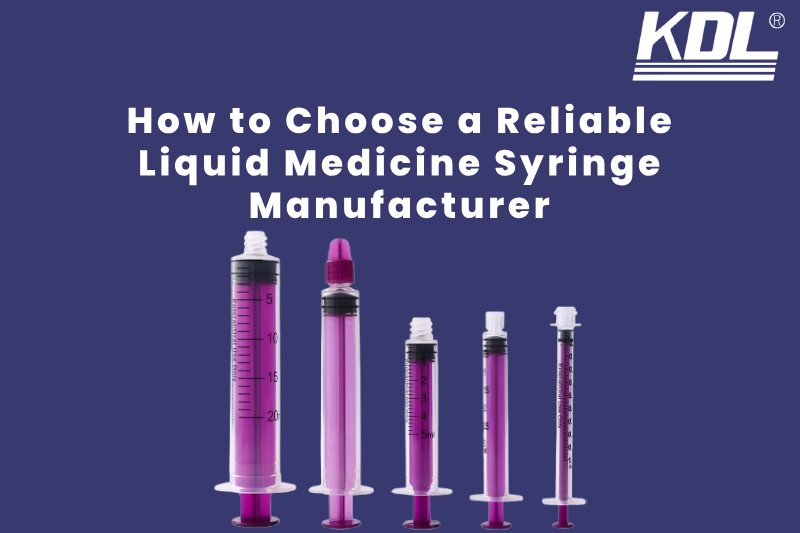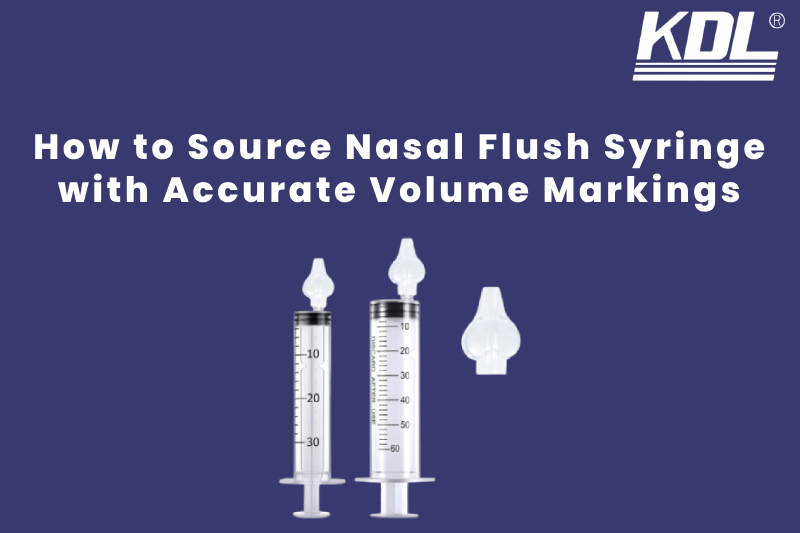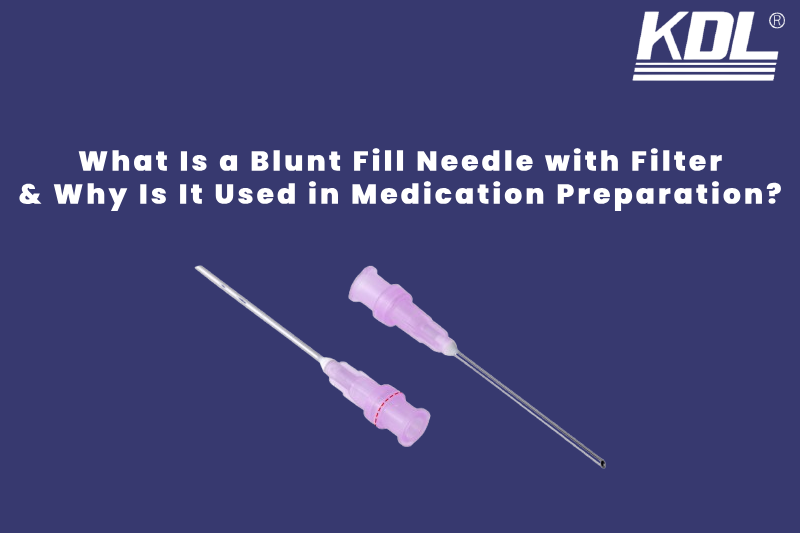
Blunt fill needles with filters are becoming an essential tool in medication preparation across healthcare facilities, such as hospitals, clinics, and pharmacies. Designed to prevent contamination and enhance medication administration, these specialized needles are a crucial part of maintaining patient safety. In this blog, we will explore what a blunt fill needle with a filter is, why it is used, and compare some of the leading products available in the market.
What is a Blunt Fill Needle with Filter?
A blunt fill needle with filter is a needle specifically designed for use in drawing up or transferring medications without causing injury or introducing contamination. Unlike traditional needles that have sharp points, blunt fill needles have a rounded tip, reducing the risk of needle-stick injuries. These needles are equipped with a filter, often located near the needle’s hub, which helps capture particulate matter, air bubbles, or other impurities that could potentially compromise the medication’s integrity.
The Role of the Filter
The filter within a blunt fill needle plays a critical role in ensuring the safety of both healthcare providers and patients. It traps particles like glass shards, rubber, or other debris that could be introduced into the medication during preparation. By filtering these particles out, the needle helps to maintain the purity and sterility of the medication being administered, which is essential for both the efficacy of the treatment and patient safety.
Why Are Blunt Fill Needles with Filters Used in Medication Preparation?
Blunt fill needles with filters are used primarily to improve the safety, accuracy, and efficiency of medication preparation and administration. Here are some of the key reasons why these needles are favored in healthcare settings:
1. Enhancing Medication Safety
The primary function of a blunt filter needle is to prevent contamination during the preparation of injectable medications. Particles that may become detached from vial stoppers, rubber seals, or other components are trapped by the filter, reducing the risk of these contaminants entering the bloodstream. The filter’s effectiveness is critical in maintaining the sterility of medications, especially in sensitive procedures like chemotherapy or when preparing pediatric doses.
2. Reducing Needle Injuries
Blunt fill needles are specifically designed to avoid injury, a common risk in medical settings where sharp needles are used frequently. The blunt tip minimizes the risk of accidental needle-stick injuries during medication preparation, particularly when drawing from vials. This feature not only enhances safety for healthcare professionals but also reduces the risk of needle contamination, as blunt tips are less likely to introduce harmful pathogens into the vial or syringe.
3. Improving Precision in Medication Dosing
Blunt fill needles with filters are also used to ensure precise and controlled medication dosing. When mixing or preparing injectable drugs, the needle provides a secure way to draw up medication from vials while avoiding air bubbles, which could distort dosages. The filter plays a role in preventing large air pockets or debris from entering the syringe, ensuring accurate dosing and better control over the amount of medication administered.
4. Efficiency in Medication Mixing
When preparing medications that require mixing or dilution, a blunt fill needle with filter ensures that no unwanted particles are introduced during the process. It is especially useful in situations where medications are drawn from vials that may contain small rubber particles or glass fragments. The filter eliminates these particles, which could otherwise interfere with the mixing process and reduce the effectiveness of the medication.
5. Regulatory Compliance and Standards
In many healthcare facilities, blunt fill needles with filters are a requirement for compliance with industry standards and regulations. The FDA, along with other health agencies, supports the use of needles with filters in various medication administration protocols, especially in critical care environments. By adhering to these standards, healthcare providers ensure that they are providing the safest care possible for their patients.
Key Considerations When Choosing the Right Blunt Fill Needle with Filter
When selecting a blunt tip filter needle , there are several factors to consider to ensure the best choice for your specific needs:
1. Filter Quality and Material
Look for a filter that is designed to capture the smallest particles possible. Filters made of nylon, polypropylene, or similar high-quality materials are preferred for their durability and effectiveness in trapping contaminants.
2. Needle Size and Design
Needle size is an important consideration, as it impacts both the efficiency of the medication draw and the patient’s comfort. Ensure that the needle size matches the volume and viscosity of the medication being prepared.
3. Sterilization and Packaging
Ensure that the needles come in sterile packaging to maintain the highest standards of safety. Pre-sterilized and individually wrapped products reduce the risk of contamination before use.
4. Cost vs. Performance
While price is a key factor, it’s important to weigh the cost of the needle against its features and performance. Choosing a higher-quality needle may reduce risks and improve overall patient care, making it a worthwhile investment.
Common Applications of Blunt Fill Needles with Filter
Blunt fill needles with filters are widely used in several medical specialties, where precision, safety, and sterility are crucial. Their primary function-to prevent contamination and reduce the risk of needle-stick injuries-makes them indispensable in the following areas:
1. Pediatrics
In pediatric care, accurate dosing and safety are top priorities. Blunt fill needles with filters are used to prepare injectable medications like vaccines or antibiotics, especially when drawing from vials. The filter helps eliminate particles from rubber stoppers or glass, ensuring the medication is clean. The blunt tip reduces the chance of accidental needle-stick injuries for providers who handle frequent medication prep.
2. Oncology
Cancer treatments often involve highly potent medications that must be prepared with extreme care. Blunt fill needles with filters prevent contaminants-like glass fragments or vial stopper particles-from entering chemotherapy drugs. They also protect staff from unnecessary exposure to hazardous drugs by minimizing handling risks.
3. Anesthesiology & Pain Management
During procedures like epidural anesthesia or chronic pain injections, precision is critical. Using blunt fill needles with filters ensures the medication is free from air bubbles or particles, helping avoid complications. Their use also reduces the likelihood of needle-stick injuries during preparation, an important safety factor for clinicians.
How Our blunt fill needle with filter Matches These Needs
At KDL, our Blunt Tip Dispensing Needle for Pharmaceutical is engineered for both safety and performance in clinical environments. While commonly used across medical and industrial applications, many of our models meet the specifications of blunt fill needles and can be paired with or manufactured to include integrated filter components. We are manufacturer of high-quality blunt fill needles with filters, designed to meet the stringent safety and performance standards required in hospitals, pharmacies, and clinical settings.
Key Features:
- Blunt Stainless Steel Tip: Prevents accidental needlestick injury
- Luer Lock and Luer Slip Compatible: Secure syringe connection
- Sterile and Single-Use: Ensures safety and hygiene
- Customizable Filters: 5-micron filters available upon request
- Range of Gauges and Lengths: Suitable for a wide variety of applications
If you are a pharmacy supplier, hospital buyer, or medical distributor , we offer flexible bulk purchasing options and OEM customization to match your specific clinical or packaging needs.
Contact us today for technical specification.
Conclusion
Blunt fill needles with filters are vital tools in the preparation and administration of medications, particularly when safety, accuracy, and contamination prevention are paramount. By selecting the right product, healthcare providers can ensure that they are delivering medications that are not only effective but also safe for patients.
When choosing the right blunt fill needle with filter, consider factors such as filter material, needle size, and overall design. Whether you’re in a hospital, clinic, or pharmacy setting, these needles provide an essential safeguard against contamination, needle injuries, and dosing errors. Choosing the right one can make a significant difference in the quality of care you provide.
 +86-791-8686-1216
+86-791-8686-1216 